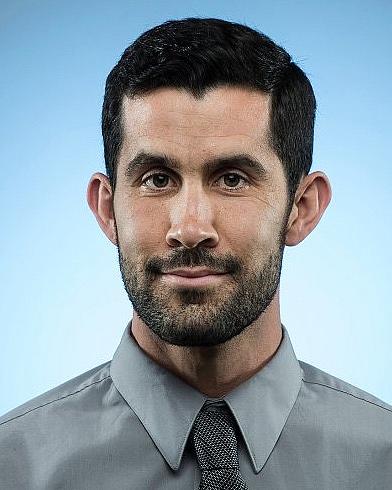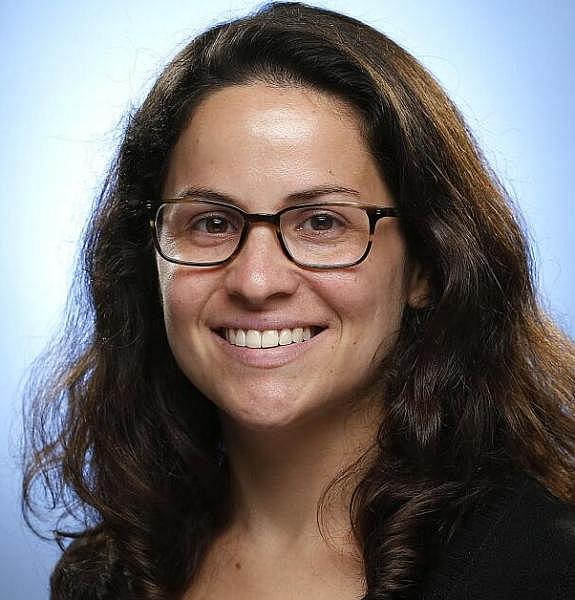Extreme Heat: Reporting on Climate Change’s Deadly Threat
This year saw a scorcher of a summer, the hottest on record. Worse, it could be the coldest summer we’ll see in our lifetimes, as accelerating climate change makes extreme events like the June heat dome that broiled the Pacific Northwest a regular occurrence. But the threats posed by climate change are not shared equally. The poor, the elderly and communities of color are at especially high risk. As the annual death toll mounts, states such as California have failed to accurately track heat-related death and injuries, and state and federal regulations have failed to ensure workers in industries vulnerable to heat remain safe. That may be slowly changing. In September, President Biden announced a new federal effort to address extreme heat, while world leaders are set to gather in Glasgow to hash out new emissions targets. In this webinar, we’ll glean lessons and insights from a yearlong Los Angeles Times investigation into extreme heat, reporting that offers a powerful example of how robust journalism can shine a line on this growing public health emergency. We’ll identify gaps in state and federal tracking efforts, and outline policy changes that could help. Attendees will gain strategies, storylines, and fresh ideas for covering one of the deadliest impacts of climate change.
This webinar is free and made possible by The Commonwealth Fund, the National Institute for Health Care Management Foundation and The California Endowment.
Panelists

Tony Barboza is a reporter who covers air quality and the environment with a focus on Southern California. He has been on staff at the Los Angeles Times since 2006, is a graduate of Pomona College and completed a Ted Scripps Fellowship in Environmental Journalism at the University of Colorado.

Anna M. Phillips is an environmental policy reporter based in the Los Angeles Times’ Washington, D.C., bureau. Before joining The Times, she worked for the Tampa Bay Times, the New York Times and Chalkbeat New York. She grew up in a suburb of Philadelphia and graduated from Columbia University.
Suggested reading & resources
- “The L.A. Times investigation into extreme heat’s deadly toll,” overview page
- “Heat waves are far deadlier than we think. How California neglects this climate threat,” by Anna M. Phillips, Tony Barboza, Ruben Vives and Sean Greene, Los Angeles Times
- “How hot is it inside Southern California’s warehouses? Ask the workers at Rite Aid,” by Anna Phillips, Los Angeles Times, Oct. 13, 2021
- “As heat waves intensify, access to air conditioning can mean life or death,” by Ruben Vies, Los Angeles Times
- “Climate change is supercharging California heat waves, and the state isn’t ready,” by Tony Barboza, Anna M. Phillips and Paul Duginski, Oct. 7, 2021
- “Heat-Related Emergency Department Visits During the Northwestern Heat Wave — United States, June 2021,” Morbidity and Mortality Weekly Report, CDC
- “Hidden Toll of the Northwest Heat Wave: Hundreds of Extra Deaths,” by Nadja Popovich and Winston Choi-Schagrin, The New York Times
- “Seventy-Two Hours Under the Heat Dome,” by James Ross Gardner, The New Yorker
- “Biden administration announces plans to protect workers, communities from extreme heat,” by Matthew Daly, AP
- “Study: Hotter temps increased workplace injuries in California; incidents undercounted,” by Anna Philipps, Los Angeles Times
- “The 2021 report of the Lancet Countdown on health and climate change: code red for a healthy future,” The Lancet, Oct. 20, 2021
- “WHO Special Report on Climate Change and Health,” Oct. 11, 2021
- “Impact of Climate Change on Health” (infographic), NIHCM, Oct. 14, 2021
